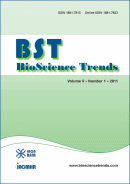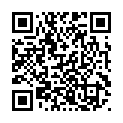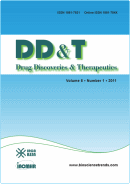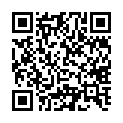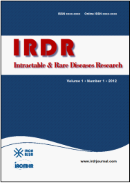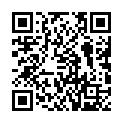BioScience Trends. 2017;11(4):206-211. (DOI: 10.5582/ddt.2017.01038)
The ?7 nicotinic acetylcholine receptor positive allosteric modulator attenuates lipopolysaccharide-induced activation of hippocampal I?B and CD11b gene expression in mice.
Abbas M, Alzarea S, Papke RL, Rahman S
We have reported that 3a,4,5,9b-tetrahydro-4-(1-naphthalenyl)-3H-cyclopentan[c]quinoline-8-sulfonamide (TQS), ?7 nicotinic acetylcholine receptor (nAChR) positive allosteric modulator (PAM) reduces lipopolysaccharide (LPS)-induced hyperalgesia and allodynia in mice. The objective of the present study was to determine the effects of TQS on LPS-induced activation of hippocampal inhibitor of ?B (I?B) and cluster of differentiation 11b (CD11b) gene expression involving hyperalgesia and allodynia in mice. We also examined the effects of TQS on microglial phenotype following LPS administration. Pretreatment of TQS (4 mg/kg) reduced the expressions of I?B and CD11b mRNA. Pretreatment of methyllycaconitine (3 mg/kg), an ?7 nAChR antagonist, reversed TQS-induced decrease in I?B and CD11b mRNA expressions in the hippocampus indicating the involvement of ?7 nAChR. In addition, TQS (4 mg/kg) reversed the LPS-induced microglial morphological changes. These results suggest that TQS reduces LPS-induced I?B and CD11b gene expression and microglial activation associated with hyperalgesia and allodynia by targeting microglial ?7 nAChR in the hippocampus.


